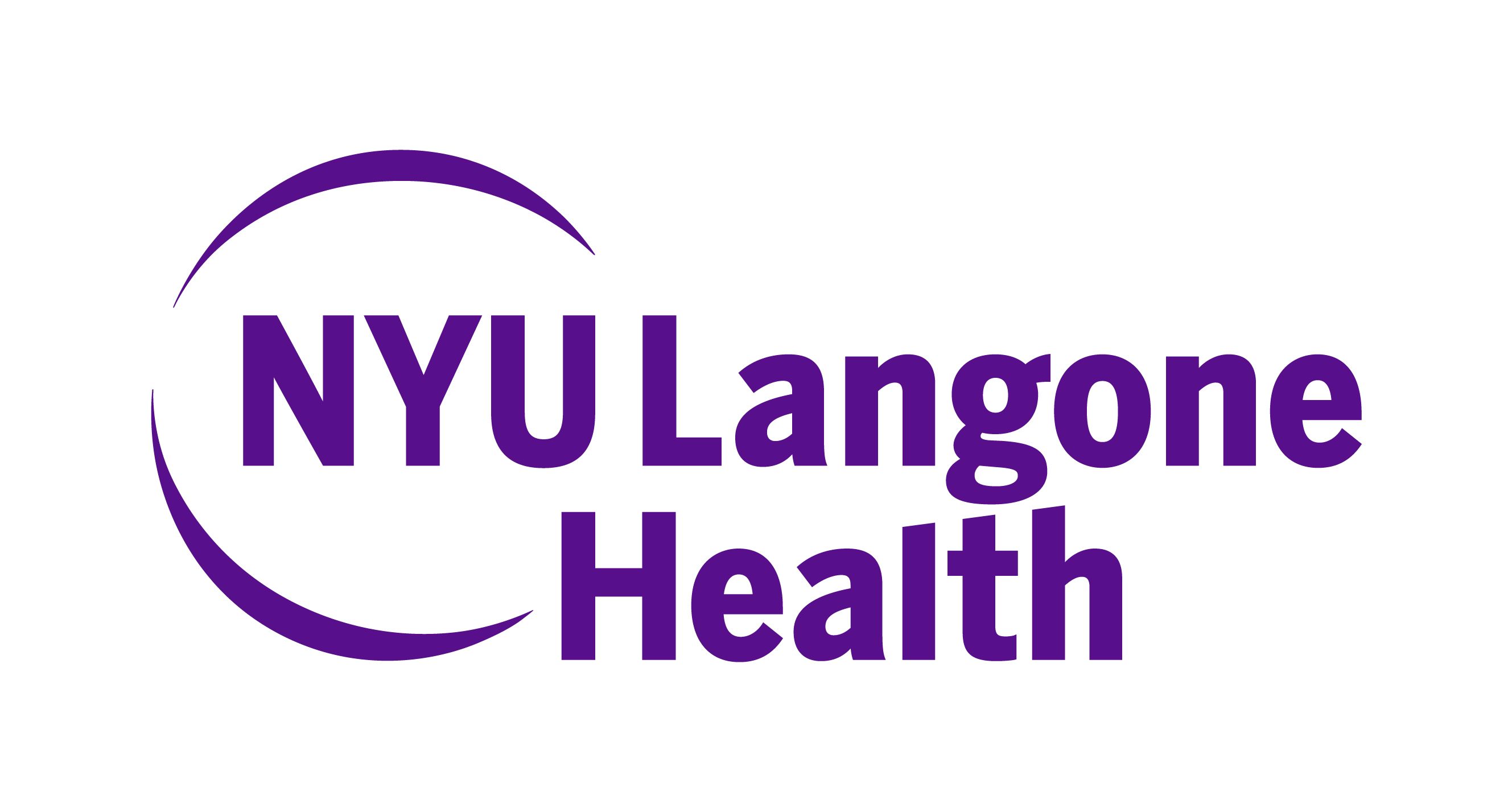
Novel Mechanisms Set FDA-Approved Amivantamab-Lazertinib Combo Apart in NSCLC

This newest approval for amivantamab is the second approval in 6 months for the EGFR and MET bispecific antibody.
In March, amivantamab (Ami; Rybrevant; Johnson & Johnson)
Data from the MARIPOSA study (
The American Journal of Managed Care® spoke with Joshua K. Sabari, MD, oncologist, NYU Langone Perlmutter Cancer Center, about this approval. Sabari, while not an investigator with MARIPOSA, has been heavily involved in amivantamab development and was an investigator with the PAPILLON study.
Transcript
Can you explain the design of the phase 3 MARIPOSA study and the treatment gaps it hopes to address?
So EGFR-mutant non–small cell lung cancer is quite common—20% to 25% in patients—and we're talking specifically about exon 19 del [deletion] and L858R. These are the common or activating EGFR mutations. Osimertinib, a third-generation EGFR inhibitor, is standard of care approved in the frontline setting. More recently, we saw in FLAURA2 [
The MARIPOSA trial is a randomized phase 3 trial looking at changing the landscape. So the addition of a novel therapy, which is amivantamab—an EGFR and MET bispecific antibody—in combination with lazertinib, a third-generation EGFR inhibitor vs osimertinib, which is the standard of care. And they had a third arm, which was lazertinib, a third-generation EGFR inhibitor, again for contribution of components.
So, randomized phase 3 study, over 1000 patients randomized 2:2:1. The treatment arm is Ami and lazertinib vs osimertinib. The primary end point in this study was progression-free survival [PFS] by a blinded independent central review, and it was really Ami plus lazertinib vs osimertinib. Some of the key secondary end points that we looked at were overall survival, objective response rate, duration of response, as well as some other important end points, such as intracranial progression-free survival.
Why has the combination of amivantamab and lazertinib been so successful?
The primary end point of this trial was progression-free survival by a blinded independent central review, and what was quite impressive was that there was a significant improvement in PFS: 23.7 months for amivantamab and lazertinib vs 16.6 months for osimertinib alone. Hazard ratio here of 0.7.
We don't yet have full overall survival data, but trending positive in the treatment arm—so amivantamab and lazertinib. The reason I think this study was positive was because it builds upon the successes of osimertinib. Osimertinib is a third-generation EGFR TKI [tyrosine kinase inhibitor] with phenomenal CNS [central nervous system] penetration, and similarly, lazertinib is a third-generation EGFR TKI with phenomenal CNS penetration. We now add a novel mechanism, a novel therapeutic, an EGFR and MET bispecific, that has ligand inhibition, but also has antibody-drug cellular cytotoxicity—so it has immune potential activation, whereas third-generation EGFR TKI on their own do not.
We know with the combination of Ami and Laz, we're now acting both intra and extracellularly, which is unique and different when we compare this to tyrosine kinase inhibitors. So I think it's a novel mechanism of action that has really separated this regimen from a third-generation EGFR inhibitor. Again, it builds upon the successes of osimertinib in patients with exon 19 del and L858R.
Newsletter
Stay ahead of policy, cost, and value—subscribe to AJMC for expert insights at the intersection of clinical care and health economics.







































